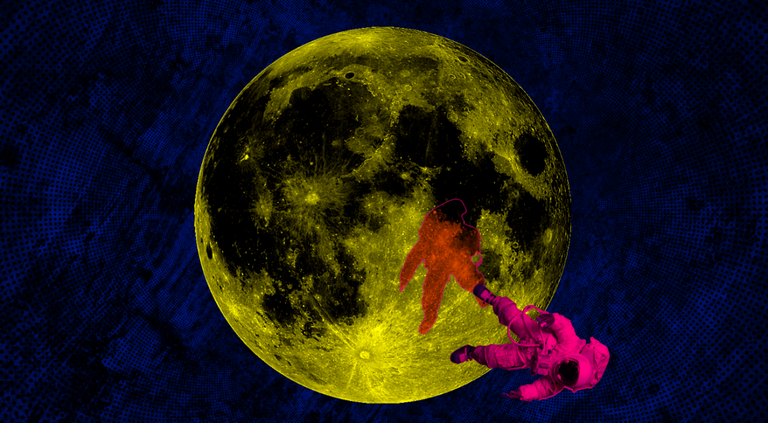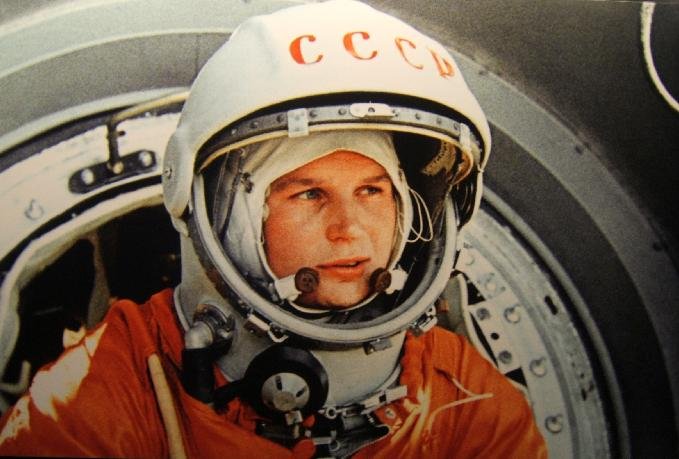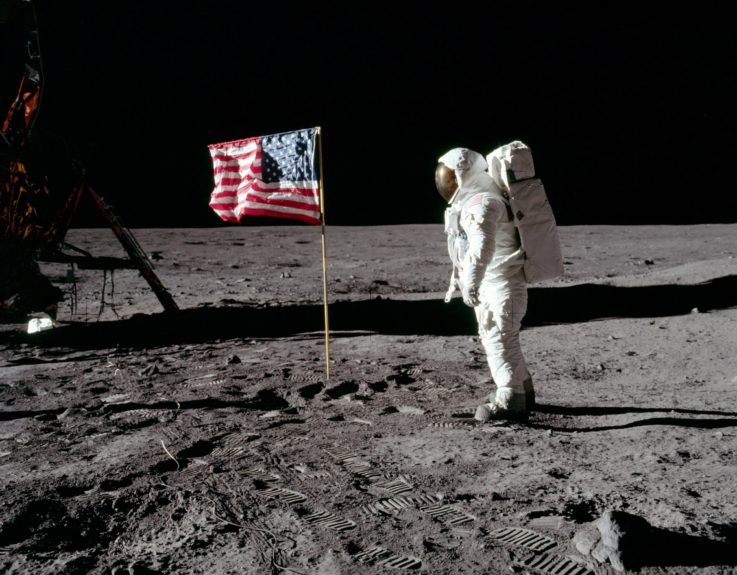The road to the stars has already been paved by countless scientists throughout history, but man goes through the first real steps towards space travel only in the second half of the twentieth century.

Read: The Road to Stars: The Age of Great Astronomical Discoveries (III)
Read: The Road to Stars: The invention that changed the way we look at the sky (II)
Read: The road to the stars (I): the mythological beginnings of astronomy and space travel steps
We wrote in the past that the first spacecraft missile was a German one, launched by the Nazi regime in 1944. Even if controversy could arise over the next statement, Nazi Germany has, indirectly, the merit of laying the foundations Of the aerospace industry as a result of scientists seized secretly by both the United States (through Paperclip Operation, which brought over 1,600 scientists to the US) and by the Soviet Union (through Osoaviakhim Operation when more than 2,000 people of science were taken by force in the USSR). One of the most well-known names in these operations is Wernher von Braun, a former Nazi and SS member, later becoming one of the leaders of the US space program, working on the Saturn V missile of Apollo programs).
Beginning: Soviet success and American failure
The Space Race has a clear start on August 2, 1955, when the Soviet Union responded to the American plan. Four days before that, the US had announced its intention to launch satellites in the near future. The de facto start of the space race takes place on August 30th, the same year, when a commission was set up in the USSR whose goal was to beat the Americans in the first race in orbit.

Wernher von Braun, one of the leaders of the US space program.
The launch of the first satellite was rushed because the Russians were afraid that the Americans would be the first to succeed. That is why, on October 4, 1957, at 22:28:34 (Moscow time), the R-7 rocket, with the Sputnik 1 satellite, began traveling in space, arriving in a few minutes in orbit. The Americans have also hurried themselves as a result of the failure of the first stage of the Space Race, but they have experienced a monumental failure. The missile launched on December 6, 1957 exploded just seconds after launch, the moment being broadcast live on US televisions.
All the Russians were the first to chill with the Moon. The Luna 2 spacecraft arrived on the natural satellite on September 14, 1959, and the Luna 3 even sent shots on the dark side of the Moon on Oct. 6, 1959. The Americans also lagged behind this time, the first attempt Their success being carried out only in 1964 on July 31st.
The first man in space
Monthly satellites and samples are not, however, sufficient to establish the winner of the space race. The Man is the one who has to get there, and things move fast enough here too. Americans, worried, have estimated since 1959 that they will lose this battle in the struggle for space supremacy.
The Americans were not mistaken, with the Soviet Union sending the crazy Yuri Gagarin into space on April 12, 1961, in a space ship known as Vostok 1. He became known as the first cosmonaut, a translation of this term as "sailor Of the universe ". After returning home, Gagarin became a national hero of the Soviet Union and became known throughout the world.

Yuri Gagarin, the first man in space.
This time, however, the Americans were not far from the Soviet Union, but in a two-player race, the second is to be the last one. Alan Shepard became the first American to reach space, being launched on a ballistic trajectory (so he did not make an orbit, as in Gagarin's case) on May 5, 1961. He also became a national hero In the United States of America.
Space travel; First stop - the moon
After the Americans were twice defeated in the Space Race, President John F. Kennedy made the radical decision to direct scientific efforts to the Moon. Initially reluctant, it was faced with the imminent hatred and fear of its nation over the Russians, which were far ahead of the Americans in this historic stakes game. The Apollo program was born as a result of JFK's decisions to send people to the moon.
One thing usually omitted in the discussions about this rivalry is the chance the US and the USSR have had for the collaboration. Hurciov seems to have been very close to collaborating with Kennedy so that a common space program was created, but Kennedy's assassination of 22 November 1963 led to the destruction of this plan.
And this time there have been failures that have unfortunately been fatal to astronauts and cosmonauts alike. 1967 was the year when the Space Race was in danger of being canceled in the face of these disasters. Apollo 1 failed January 27, 1967, Virgil Grissom, Edward H. White and Roger Chaffee losing their lives because of a fire that spanned the spaceship boot during a ground test. A few months later, on April 24, Vladimir Komarov died as a result of re-entering the atmosphere.

Apollo 11, the first crew mission on the moon.
The Moon received its first guests on July 20, 1969, thanks to the Apollo 11 mission, which featured the famous Neil Armstrong, Michael Collins and Buzz Aldrin. On July 16, at 9:32:00 am (Eastern Time Zone), a massive Saturn V missile took off with the spacecraft that was about to reach the Moon.
At 02:56 (coordinated time), Armstrong became the first man in history to walk on the Moon, and the event was one of the most watched in history, more than 20 percent of the planet's population watching it on television. Still, he uttered one of the most memorable replies:
A small step for man, a huge leap for mankind.
The Space Race slowed down significantly after this event; Although the Russians won a series of battles, the Americans were the ones who succeeded in winning the war. In the 1970s, the period of detente began when the USSR and the US started a series of collaborations in space progress. The culmination of this attempt was reached on July 15, 1975 at 12:20 am (the universally coordinated time) when the Soyuz 19 and Apollo shuttles were connected in space, the three astronauts conducting joint experiments with the two cosmonauts, visiting - and each other the space modules and exchanging gifts.
The official end of the Spatial Race is difficult to choose temporally, but it is clear that it ended before the dissolution of the Soviet Union in 1991. Only then, the real cooperation between the newly-emerging Russian Federation and the United States America was about to start.
@cebymaster, Von Braun was one of the most controversial figures of the 20th century, don't you agree? I dont know how his life has not yet become a movie!